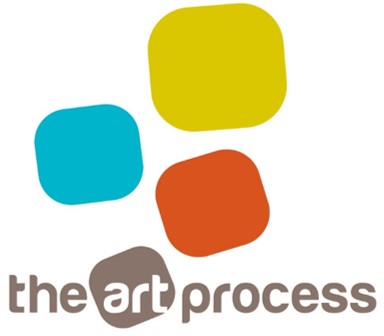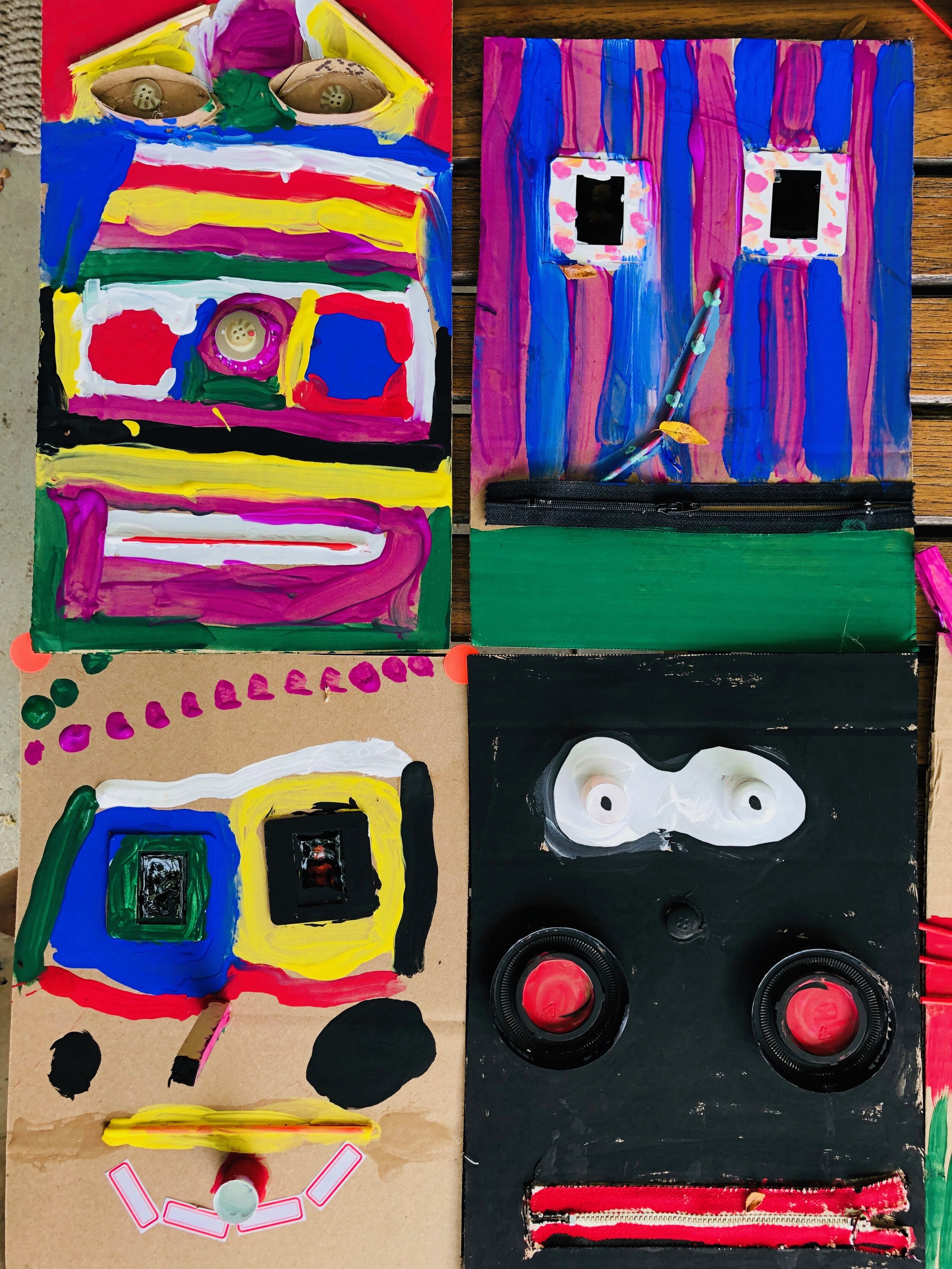The Developmental Benefits of Art Making for young kids.
“...art activities are important, not because they allow teachers to recognize children with unusual abilities, but because they encourage each child’s “full and all-sided development ”
MASKS FROM RECYCLED MATERIALS
Developmental Benefits of Art
Motor Skills: Many of the motions involved in making art, such as holding a paintbrush or scribbling with a crayon, are essential to the growth of fine motor skills in young children.
Language Development: For very young children, making art—or just talking about it—provides opportunities to learn words for colors, shapes and actions.
Improved Academic Performance: Studies show that there is a correlation between art and other achievement. A report by Americans for the Arts states that young people who participate regularly in the arts are four times more likely to be recognized for academic achievement.
Decision Making: According to a report by Americans for the Arts, art education strengthens problem-solving and critical-thinking skills. The experience of making decisions and choices in the course of creating art carries over into other parts of life. “If they are exploring and thinking and experimenting and trying new ideas, then creativity has a chance to blossom,” says MaryAnn Kohl, an arts educator and author of numerous books about children’s art education.
Visual Learning: Drawing, sculpting with clay and threading beads on a string all develop visual- spatial skills, which are more important than ever.
“Parents need to be aware that children learn a lot more from graphic sources now than in the past,” says Dr. Kerry Freedman, Head of Art and Design Education at Northern Illinois University. “Children need to know more about the world than just what they can learn through text and numbers. Art education teaches students how to interpret, criticize, and use visual information, and how to make choices based on it.” Knowledge about the visual arts, such as graphic symbolism, is especially important in helping kids become smart consumers and navigate a world filled with marketing logos.
Inventiveness: When kids are encouraged to express themselves and take risks in creating art, they develop a sense of innovation that will be important in their adult lives.

